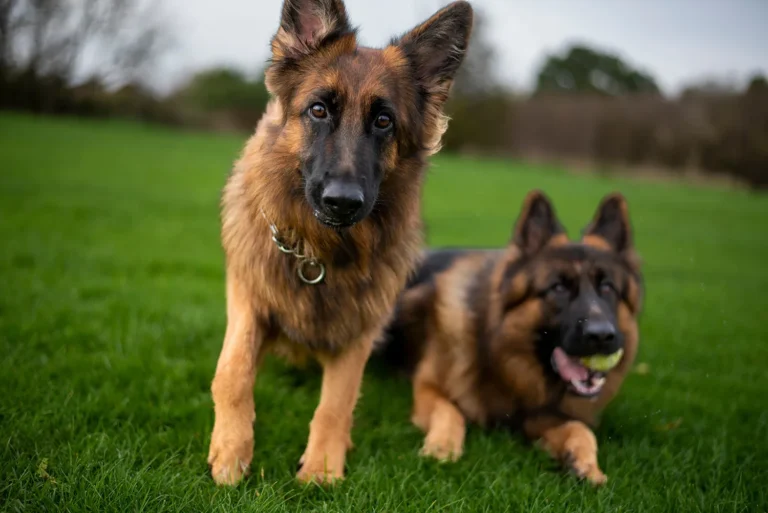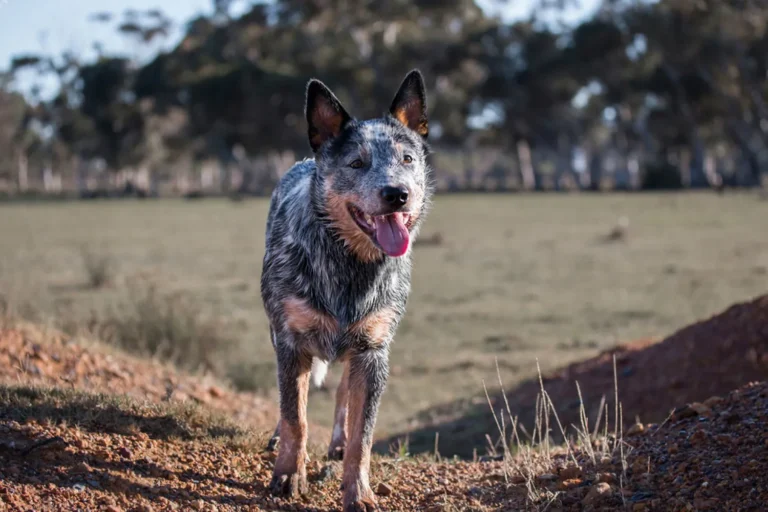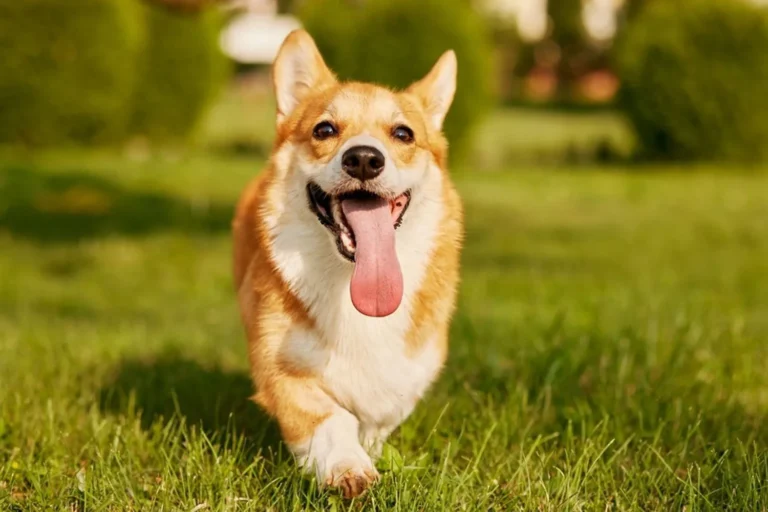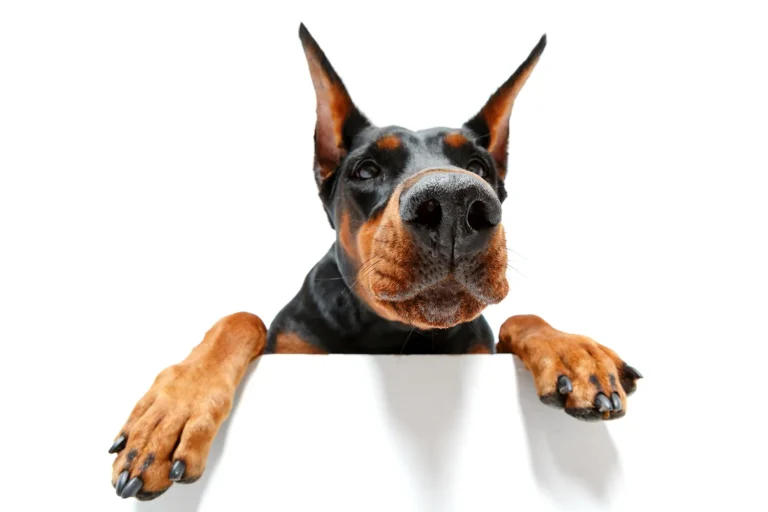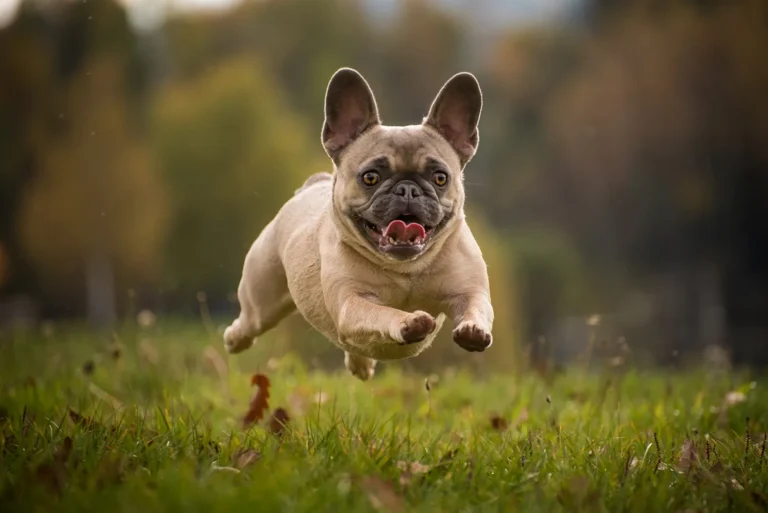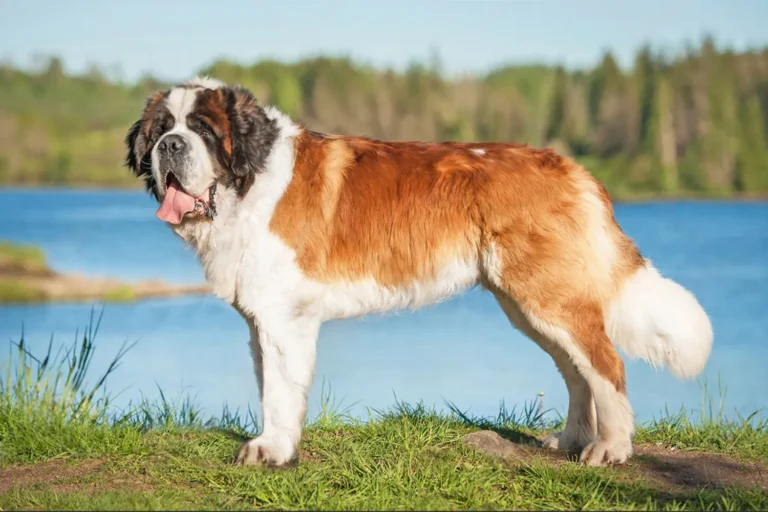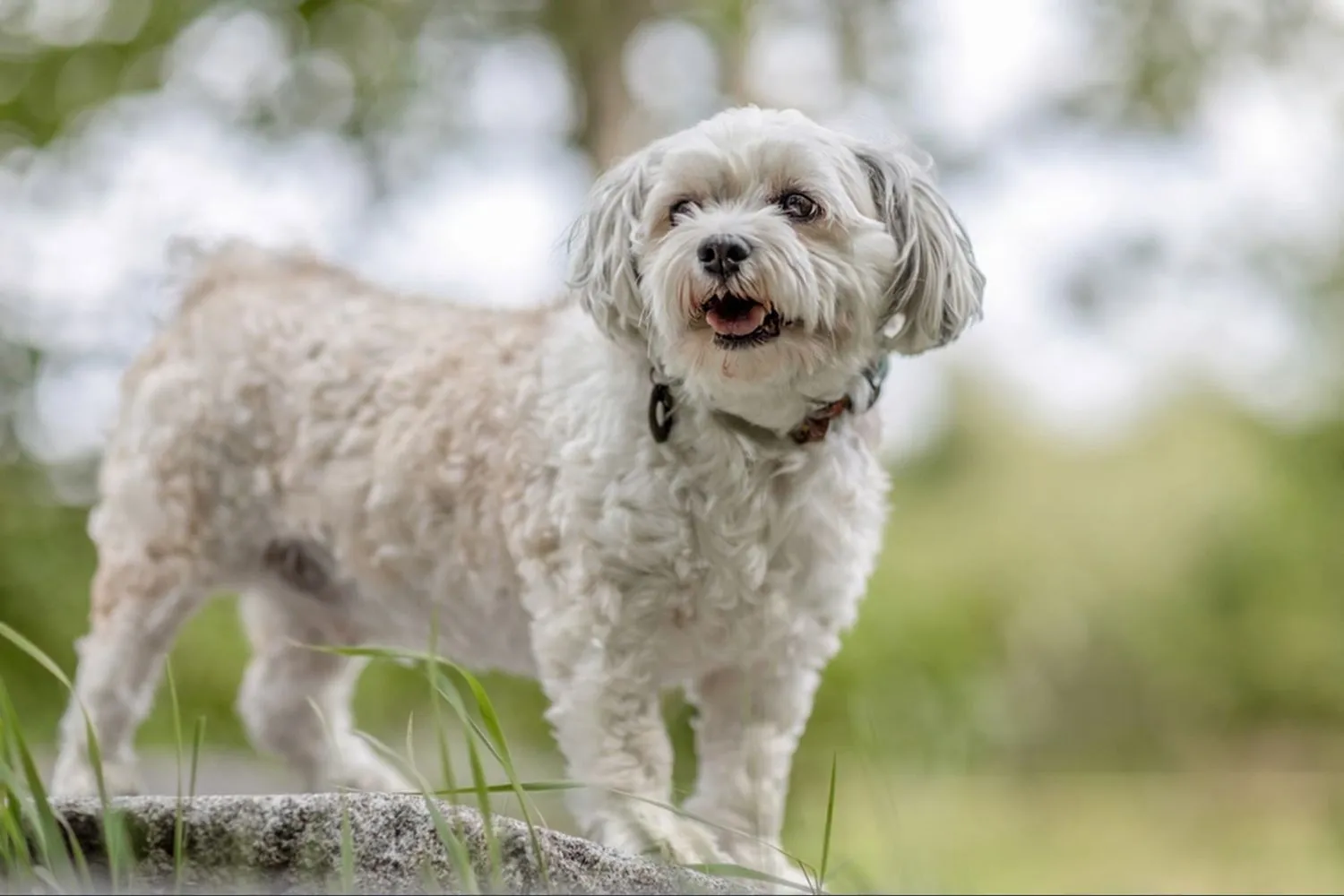
Every Havanese I’ve met is a tiny comedian with a heart far bigger than their body. They trail you with that jaunty little bounce, then toss in a silly spin or happy hop just to make you smile. I once dog sat my friend’s Havanese who carefully gathered his toys into a proud little pile, then melted into my lap like he’d clocked out for the day. Pure sunshine in a small, fluffy package.
If you’re after a devoted companion, this is your shadow. They thrive on company, so plan for together time, short cheerful walks, and playful brain games. Keep a couple of soft toys handy, brush that silky coat a few times a week or choose a tidy puppy cut, and use gentle, treat based training. Small but sturdy just mind stairs and tiny feet.
History and Origin of the Havanese
Cuba’s national dog has a passport full of stories. The Havanese traces its roots back to the early 1500s, when small companion dogs traveled with Spanish settlers to Cuba, stopping through Tenerife in the Canary Islands the “island of dogs.” They’re cousins to the Bichon family, which explains their cheerful expressions and soft, silky coats. I once met a Havanese named Coco in Miami’s Little Havana; her owner told me his grandparents called them “Bichoncitos,” and swore their ancestors came over tucked under the shawls of Spanish ladies. Whether or not that’s exactly how it happened, it’s easy to imagine these little charmers turning heads on the docks.
By the 1800s, Havanese were the lap dogs of Cuban aristocratic households, doted on in airy verandas and riding along in carriages like tiny ambassadors of good manners. European travelers fell hard for them too, bringing the dogs back to England, France, and Spain. The breed charmed some very notable admirers Queen Victoria had a soft spot for them, and even Charles Dickens reportedly counted himself a fan. I like to think he appreciated their expressive eyes; a Havanese can deliver a chapter’s worth of feeling with one glance. Their light, wavy coat and buoyant gait fit right into warm Havana afternoons and elegant European salons alike.
The modern chapter is just as compelling. The Havanese remained a beloved companion in Cuban homes, and their popularity spread steadily. In the United States, the breed was formally recognized by the American Kennel Club in 1995, cementing their place in the Toy Group and in the hearts of families everywhere. A breeder I spoke with in California told me her lines trace back to a handful of devoted Cuban families who carefully preserved the breed’s character for generations. If you bring a Havanese into your home, remember their history: they were bred to be close to their people. My friend’s Havanese follows her from room to room like a fluffy shadow and when she’s working, he settles at her feet with the happy confidence of a dog who knows he’s exactly where he belongs.
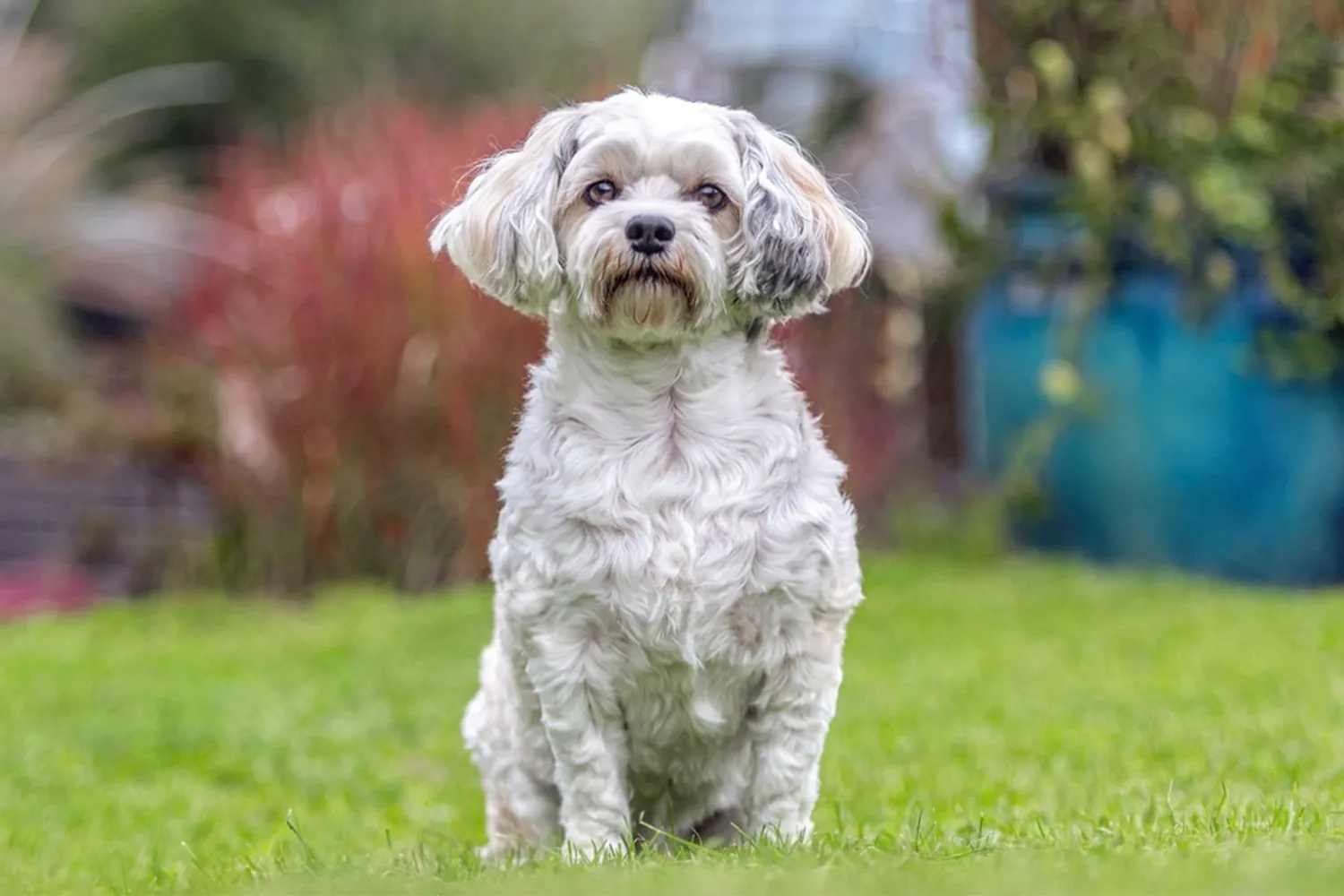
What Is a Havanese?
The Havanese is a cheerful little companion dog from the Bichon family, right alongside the Bichon Frise, Maltese, and Löwchen. Originally bred to be lap loving house pets, they earned the nickname “velcro dog” for a reason they love sticking close. When I dog sat a neighbor’s Havanese, he shadowed me from the coffee pot to the couch like it was his life’s mission, and honestly, it was adorable. They’re small, silky coated, and big on personality, with a playful sparkle that makes them natural crowd pleasers.
Don’t let their cuddly size fool you; Havanese are bright and versatile. They’ve taken on impressive roles assisting people with disabilities, performing in circuses, working as therapy dogs, and even putting their keen noses to work sniffing out termites and mould. If you’re considering one, know they thrive on companionship and mental stimulation. A couple of short walks, some trick training (they love to show off), and puzzle toys will keep that clever little brain happy. Their coat benefits from regular brushing to prevent tangles, and a gentle, positive approach to training goes a long way. My best advice: bring them into your daily routine. A Havanese isn’t just a pet they’re a shadow with a wagging tail.
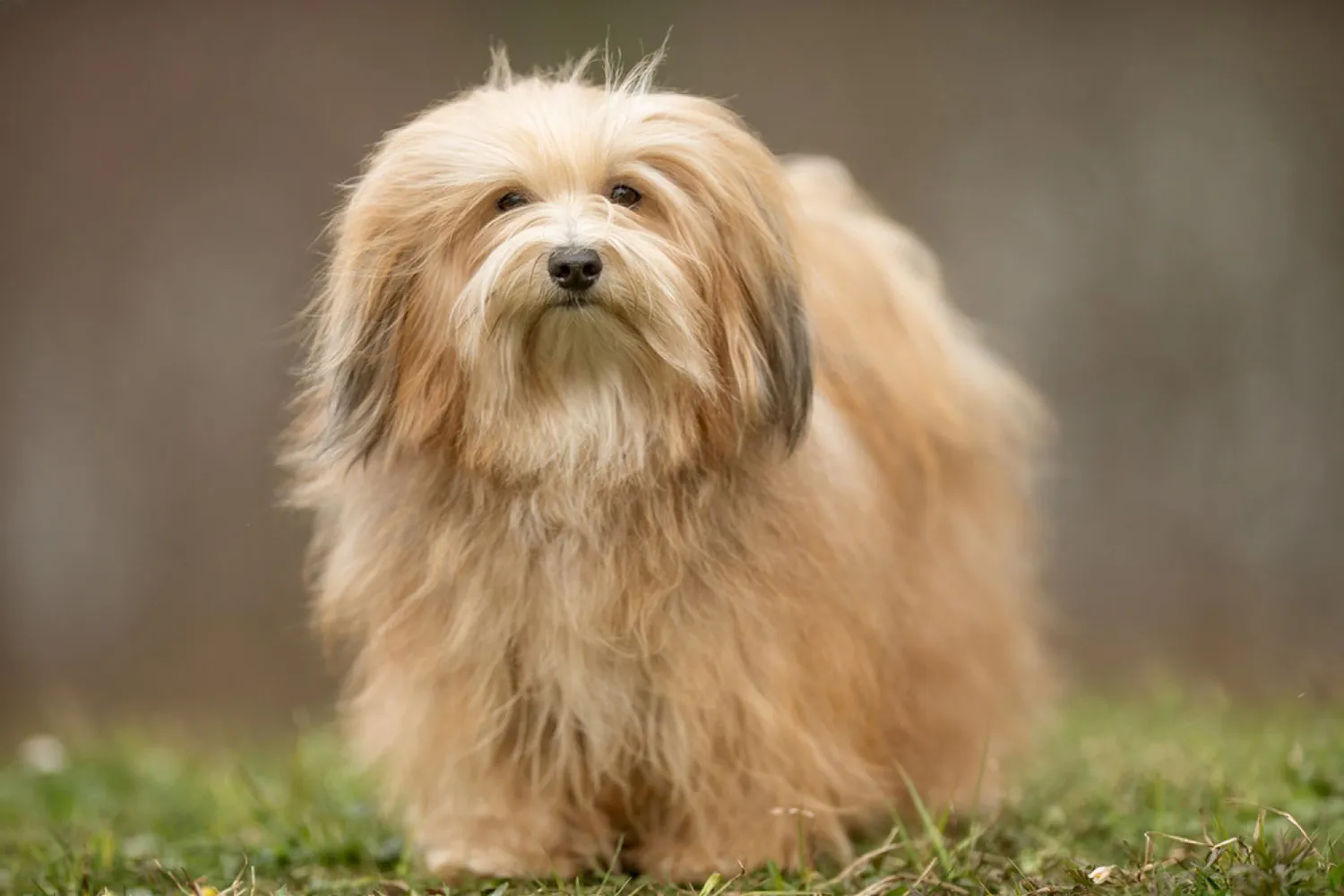
Who Is a Havanese Best For?
If you want a cheerful little shadow who adores being with you, the Havanese is your dog. They fit beautifully into families with kids of all ages and are just as happy charming grandparents. I remember my niece learning to offer a treat on her open palm, and the Havanese she was practicing with took it as gently as a whisper. They’re sensitive souls, so gentle handling and early socialization around children and visitors make a big difference. A few calm playdates and some positive reinforcement go a long way toward building their confidence.
They’re also fantastic companions for older folks. My neighbor, a retired teacher, swears her Havanese has made her home feel lively again small enough to lift into the car for vet visits, happy to putter around the living room, and delighted to curl up for long reading sessions. If you want a dog who is easy to keep busy indoors with short training games and toys, you’ll love them.
Apartment or house? They don’t mind either. What matters most is being kept indoors with their people. They’re not the “let me romp outside for hours” type; they prefer a quick potty stroll, a brief sniffari, and then back onto your lap or the couch. I once met a Havanese in my apartment elevator who tried to climb into my lap before the doors even closed classic.
Because they bond so deeply, they’re best for people or families where someone is usually at home. If you work remotely, have staggered schedules, or you’re around a lot, perfect. If you have long shifts, plan ahead with a dog sitter, daycare, or a trusted neighbor. A cozy crate, stuffed food puzzles, and practicing short, calm departures can help prevent separation anxiety.
Day to day, keep things upbeat and gentle. They’re bright and eager, so short training sessions, hide and seek around the living room, and learning cute tricks will keep that happy spark in their eyes. If you want an affectionate, lively companion who thrives on closeness and indoor comfort, a Havanese will be over the moon to be your little sidekick.
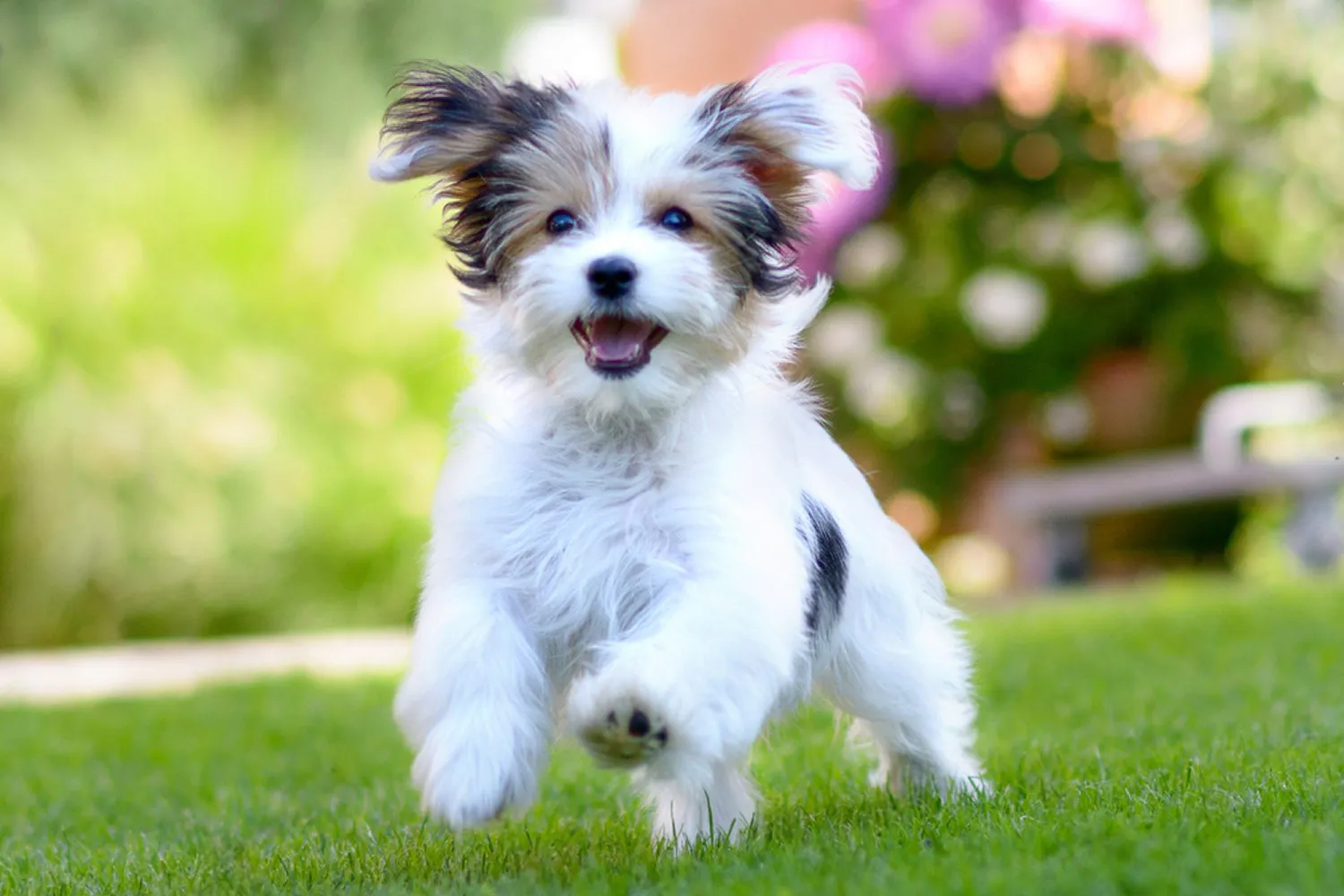
Havanese Grooming & Shedding
Havanese are known as non shedding and hypoallergenic, which is wonderful if you don’t love finding fur on your black pants. But here’s the catch I learned the hard way: because their hair doesn’t float off into the house, it often stays in the coat and can tangle. Think of it like a silky scarf that needs a little attention to keep smooth. A quick daily once over with a brush helps stop mats before they start, especially in trouble spots like behind the ears, under the armpits, and where a harness rubs. I once helped a neighbor with her Havanese, Pip, whose ears had turned into tiny dreadlocks after a week at the beach ten minutes with a metal comb, a spritz of detangler, and some patience saved the day.
For a regular routine, aim to brush thoroughly 3-5 times a week; the longer the coat, the more often you’ll want to brush. If you’re keeping that glamorous, floor dusting look, daily “line brushing” (lifting small sections and brushing from skin to tip) keeps the coat cloud soft. I like a pin brush for the body and a fine metal comb to check for sneaky tangles. Bathe them regularly every few weeks works well for most and always rinse and dry completely so the coat stays fluffy, not musty. Introduce the blow dryer on low with lots of treats; I pair it with a peanut butter lick mat and it turns into spa day. Don’t forget oral care: brushing teeth 2-3 times a week makes a huge difference. A quick wipe around the eyes each day can help keep tear staining in check, and a gentle ear check after baths is a good habit.
Trim those nails about once a month. If you can hear click clicks on the floor, it’s time. Keep grooming positive and short at first treats, praise, and breaks are your best friends. A breeder I chatted with in California told me she does five minute sessions while her Havanese watches TV on the couch, and I’ve stolen that trick. And if life gets busy, a tidy “puppy cut” makes upkeep easier without losing that Havanese charm. With a few minutes of care most days, you’ll have a silky, tangle free companion who smells as sweet as they look and you’ll both enjoy the cuddle time that comes with it.
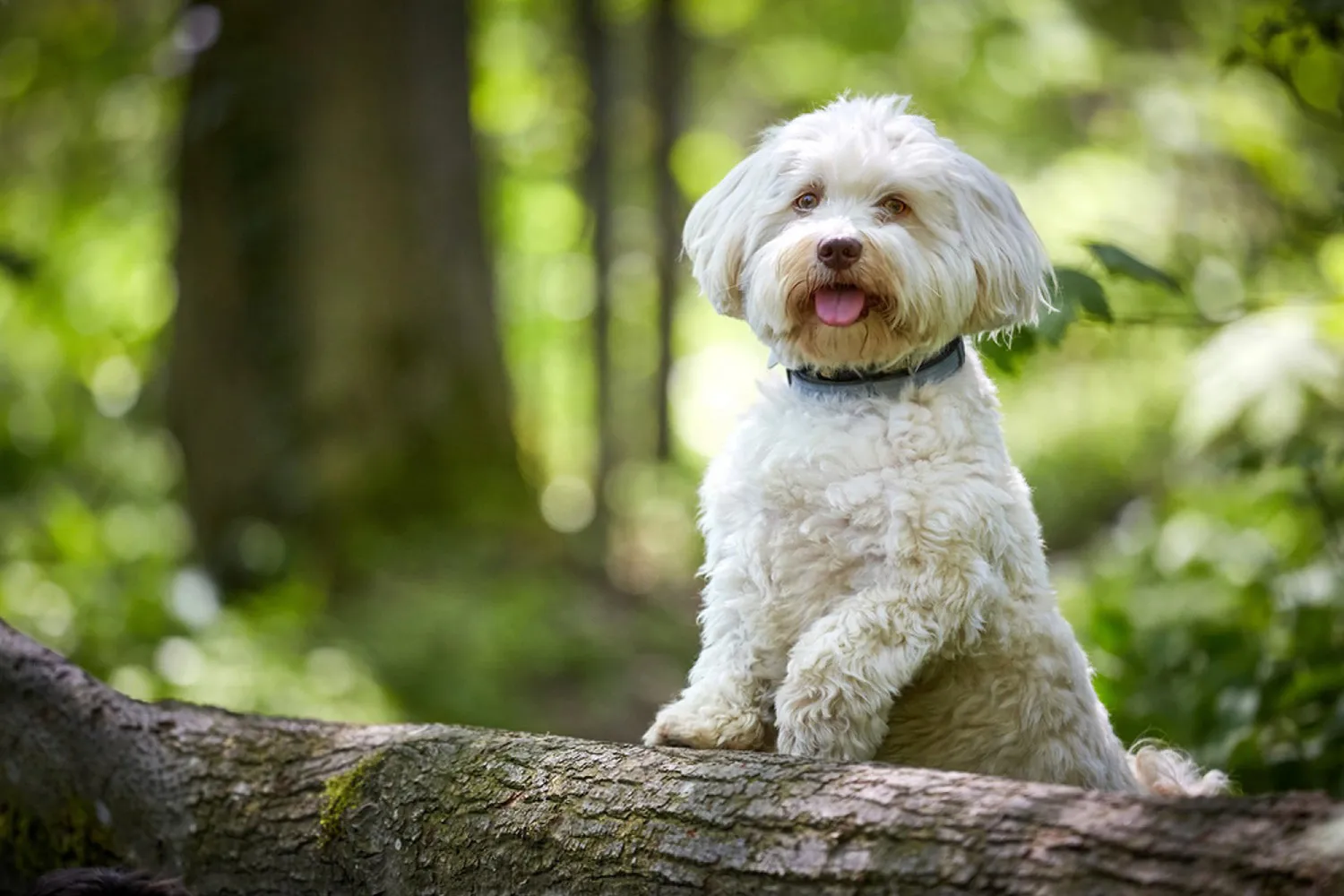
Do Havanese Bark a Lot?
In my experience, Havanese are cheerful little shadows who’d rather wag than yap. Most are pretty quiet around the house and save their voice for special announcements like when the doorbell rings or a friend shows up with treats. It’s usually a quick “someone’s here!” and then they’re back to being your cuddly sidekick. My neighbor’s Havanese, Luna, gives exactly two chirps at the door and then trots off to find her favorite toy to greet you properly. It’s very on brand for the breed: polite, friendly, and not shouty.
Of course, every dog has a voice and a personality. Some Havanese can be more vocal, especially if they’re bored, under exercised, or unsure about new sights and sounds. When that happens, a little training and social time go a long way. I like to pair the doorbell with calm behavior ring it, ask for a sit, reward the quiet. If they’re mid bark, I wait for a brief pause and then treat the silence. It’s amazing how quickly they learn that calm equals cookies.
Socializing early helps too: new people, different environments, even a walk near a busy park. Toss in some mental workouts snuffle mats, puzzle toys, a few short training sessions and you’ll take the edge off that “commentary.” And don’t forget simple management tricks like closing curtains on squirrel TV. If the barking still feels over the top, a positive reinforcement trainer can tailor a plan. With a bit of consistency, most Havanese settle into being charming little greeters who know when to speak and when to snuggle.
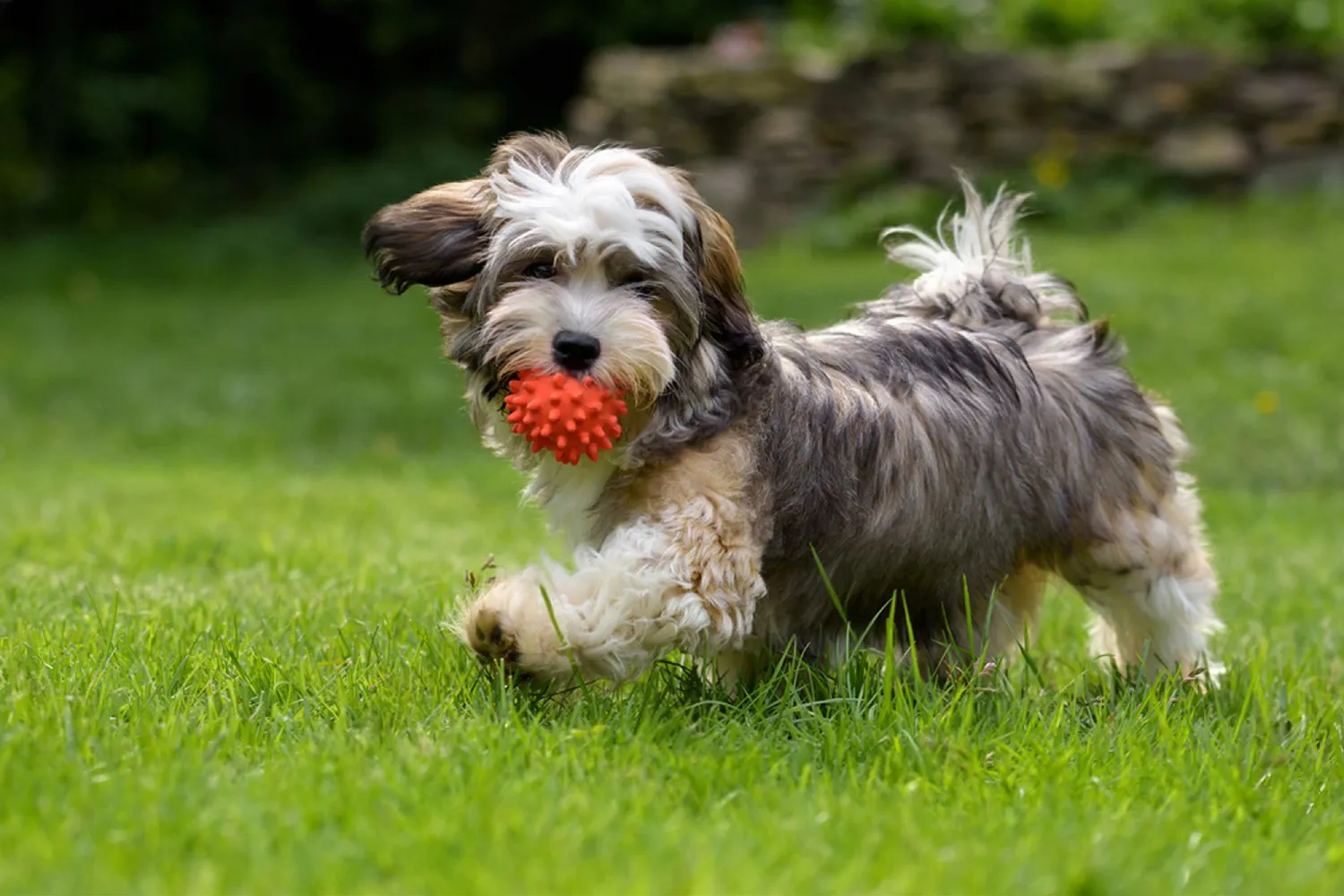
What is the average weight and height of a Havanese?
These little charmers stay delightfully petite. Most adult Havanese boys and girls alike settle between 3 and 6 kg (about 7-13 pounds) and stand around 23 cm at the shoulder (roughly 9 inches). As puppies, they seem to change size overnight. I remember visiting a friend’s Havanese one week and coming back the next to find that the “tiny teacup” had suddenly sprouted legs. They usually hit their adult height first, then slowly fill out, so don’t panic if your youngster looks a bit lanky before everything evens out.
One funny thing with Havanese is their glorious coat can make them look bigger than they actually are. I always go by feel: you should be able to run your hands over their sides and feel ribs with a light touch, and there should be a gentle waist when you look from above. If your adult Havanese is way outside that 3-6 kg window or seems much shorter or taller than expected, it’s worth a quick chat with your vet sometimes it’s just individual build, sometimes it’s a few extra snacks sneaking in.
A couple of handy at home tricks: to check height, have your dog stand naturally and place a paperback on top of their shoulder blades (the withers), then measure from the book to the floor. For weight, step on a bathroom scale with your dog, then subtract your own weight. Knowing these numbers helps with choosing the right harness, planning a comfy travel carrier, and keeping them in tip top shape. And don’t worry if your pup’s growth comes in spurts that’s part of the fun of raising a small, lively breed like the Havanese.
https://en.wikipedia.org/wiki/Havanese_dog
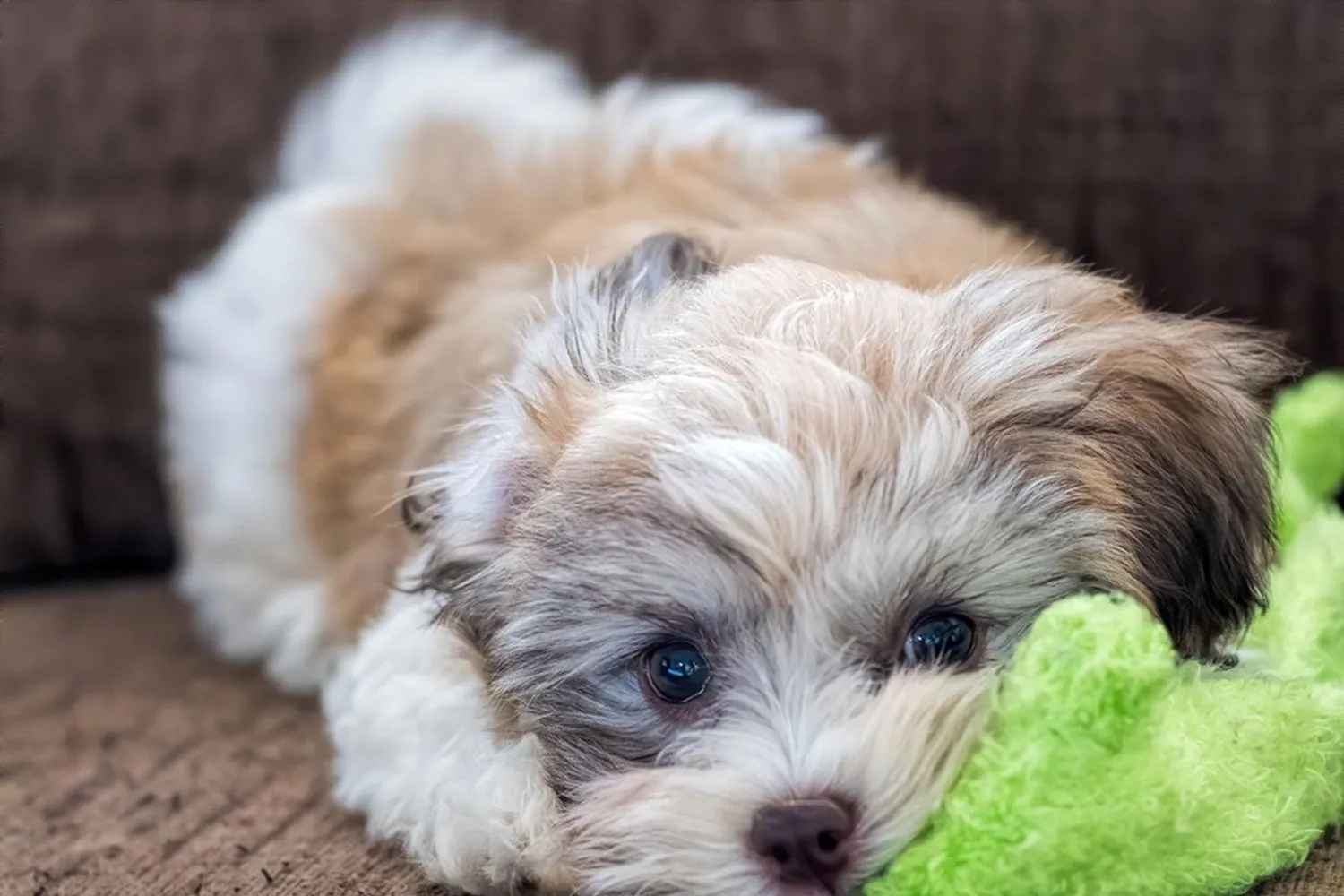
Are Havanese Easy to Train?
Once you get a Havanese into a training groove, they learn fast. They’re logical little thinkers and soak up what you show them, especially when you keep things fun and kind. Positive reinforcement is the way to their hearts tiny treats, a happy voice, and lots of praise. They can be physically and emotionally delicate, so skip harsh corrections. I’ve had great luck with a clicker and pea sized treats; timing the reward right when they do the behavior makes a huge difference.
Short, upbeat sessions are your best friend. Think five minutes here, five minutes there, sprinkled throughout the day. Keep cues consistent, and end on a win. My friend’s Havanese would literally prance after nailing a new trick these dogs love to show off. Many of them shine in agility, rally, and obedience because they’re quick on their feet and eager to please. If you want to try sports, start with low jumps and simple courses; their confidence blooms when the tasks are achievable.
Socialization is non negotiable. Start early and make every new experience a happy one: calm visits to a café patio, a stroll past a schoolyard, riding an elevator, hearing a hairdryer or vacuum from a distance. I used to carry treats on “field trips” and reward curiosity sniffing the umbrella, watching a skateboard roll by, greeting a gentle neighbor. Puppy school is a great launchpad and gives you a supportive environment to learn together. Look for force free trainers who use rewards, not punishment.
One thing to watch: Havanese are clever, and some are expert little con artists. If you reward barking or pawing with attention “just this once,” they’ll try it every time. I learned to reward calm sits for attention and to turn away from pushy behavior. They train you as easily as you train them if you’re not careful!
Now, the tough part: house training. It can feel brutal at first, but you’ll get there with a plan. Take them out frequently after waking, after meals, after play, and every hour or so in between. Pick a potty spot, wait quietly, then throw a little praise party the moment they go. Crates or playpens help prevent accidents, and an enzyme cleaner is your best friend when mistakes happen. No scolding just manage, guide, and celebrate the wins. One of my pups learned to ring a bell by the door; it took a few weeks, and then suddenly it clicked.
Be patient, be kind, and keep it fun. With consistency and positive experiences, a Havanese will make you look like a training pro.
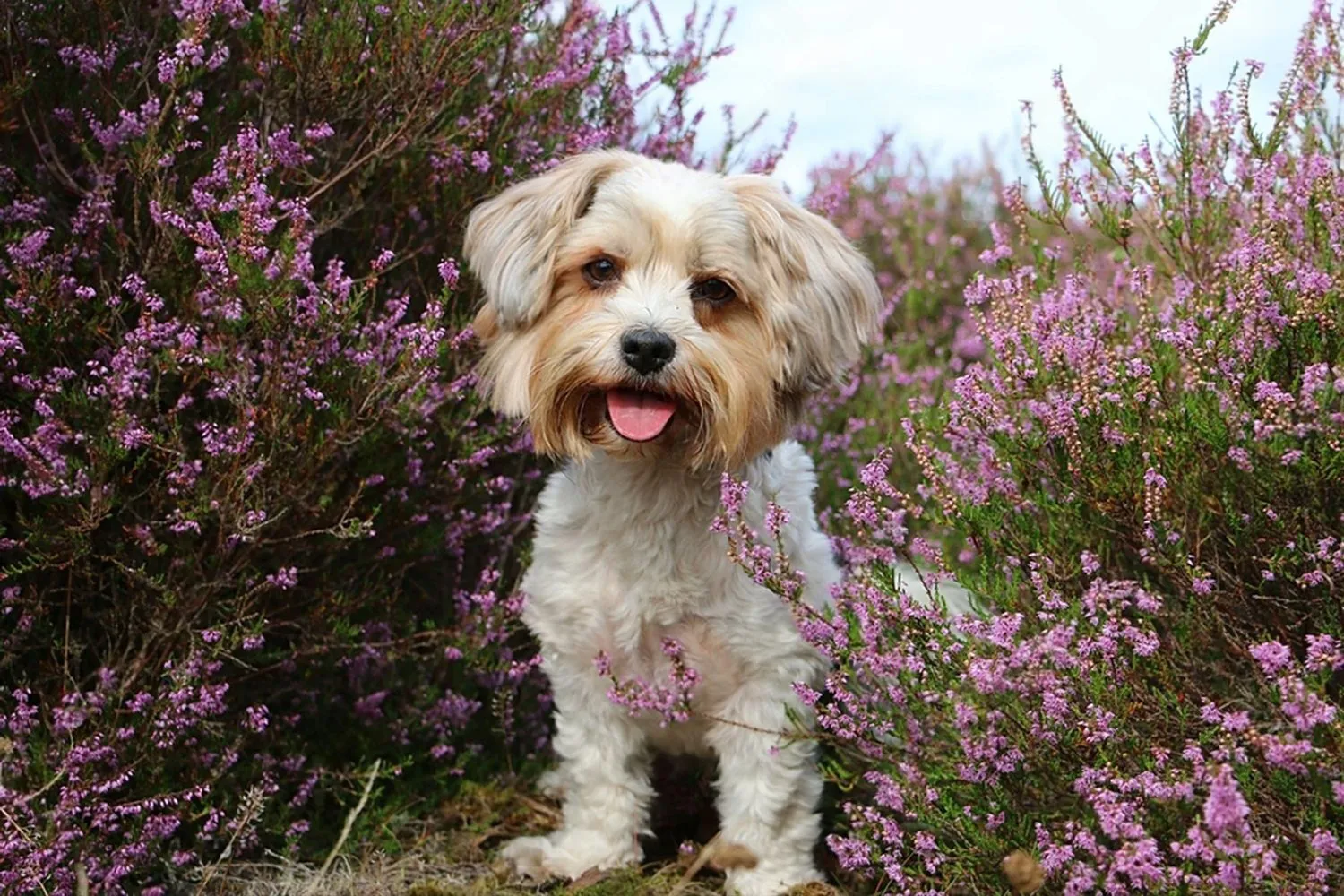
How Do Havanese Behave? Temperament and Personality
Think of a Havanese as a cheerful little shadow with a sense of humor. These dogs live for companionship and will happily trail you from the kitchen to the couch to the laundry room, like a fluffy escort who just wants to be part of whatever you’re doing. When I dog sat a Havanese named Pepper, she’d curl up on my feet while I answered emails, then hop up with me when I went to make tea as if my day was her day, too. Close the door on them for too long, though, and that’s when the worry can creep in. They’re sensitive souls and can get anxious when left alone.
They’re also clever and playful, with a knack for making you laugh. A friend’s Havanese learned “high five” in two short sessions and then started offering it to strangers at the park just for the applause. Training goes best with upbeat, gentle methods praise, treats, and short, fun sessions. Even though they’re small, they’ve got surprising energy. Expect lively zoomies through the hallway and enthusiastic play with a squeaky toy. A couple of brisk walks and a few mini play breaks usually keep them satisfied, especially if you mix in a puzzle toy or two.
As for affection, it overflows. Most Havanese are social butterflies sweet with family, polite with strangers, and often great with other pets. I once met a Havanese at a neighborhood coffee shop who greeted every table like a tiny diplomat, tail swishing, ready to spread goodwill. That big heart is part of why they struggle with long stretches alone. If separation is a concern, start small: practice short “fake departures,” give a safe chew or a stuffed Kong, and create a cozy den in a crate or playpen. I like leaving on some calm music and swapping in a new toy only when I step out tiny rituals that make goodbye feel less dramatic. A midday dog walker or a day at doggy daycare can be a lifesaver for busy schedules.
A little guidance goes a long way with this breed. Teach a “settle” on a mat so they can relax while you work, and socialize them early with gentle people and friendly dogs. With steady routines, patient training, and plenty of together time, a Havanese becomes what they’re meant to be: a lovable, merry little companion who brightens every corner of the home they follow you into.
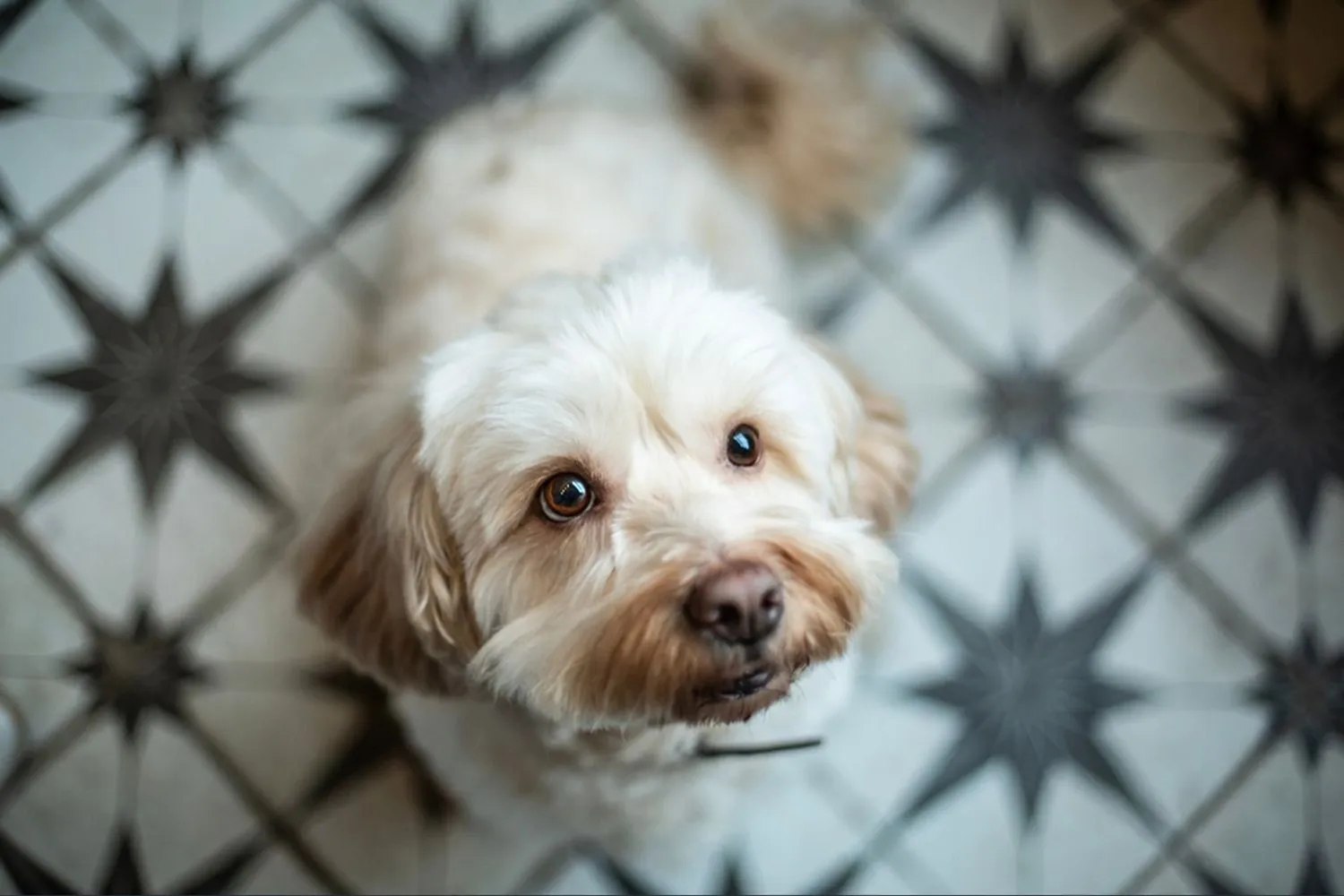
Do Havanese Have Common Health Issues?
The short answer: Havanese are generally sturdy, happy little dogs. The longer answer: like any breed, they have a handful of conditions to keep an eye on. Regular vet visits and early checkups go a long way. I’m a bit of a worrier by nature, so I keep a little “health notes” list in my phone. It’s helped me catch small changes early, which makes a big difference down the road.
Joint and bone issues are some of the most talked about concerns. Hip dysplasia and elbow dysplasia are both about joints not fitting together quite right, which can cause pain or a funny, stiff gait. Patellar luxation (that’s the kneecap popping out of place) can show up as a little “skip” in their step I once noticed my Havanese doing a hop on our evening walk, and sure enough, the vet confirmed a mild luxating patella. We added some gentle strengthening exercises, kept her at a lean weight, and laid a few rugs on slippery floors huge help. Legg Perthes disease also affects the hip and can cause limping in younger dogs, while chondrodysplasia affects bone growth and may come with shorter legs and potential joint strain. The big takeaways: keep them trim, build up exercise gradually, use ramps for furniture, and ask your vet about screening if you notice stiffness, reluctance to jump, or that bunny hop gait.
Eyes and ears deserve routine attention too. Cataracts can cause cloudiness in the lens and lead to vision trouble. Annual eye checks are smart, especially as Havanese get older; I’ve had a senior with a slight lens haze that we monitored for years without it ever becoming a big problem. Some dogs can also have hearing issues, including deafness. A simple at home “clap test” from behind (without creating vibrations) can give you a clue. A friend of mine taught her partially deaf pup hand signals, and it was honestly impressive silent sit, stay, and come, all with a little flourish.
There’s also a liver condition called a portosystemic shunt (PSS). It can be serious, but it’s something your vet can screen for when needed. Signs may include poor growth, odd behavior after meals, or even seizures. I met a puppy at obedience class whose family caught it early thanks to blood tests and some sharp observation; with the right specialist plan, she did beautifully. If you’re getting a puppy, asking the breeder about health screening and early bile acid testing is a smart move.
On the heart front, mitral valve insufficiency and heart murmurs can occur. Your vet will listen for murmurs at regular exams. Watch for coughing after excitement, reduced stamina, or fainting spells those are “call the vet” signs. Good dental care helps, too; keeping the mouth clean can be surprisingly kind to the heart. I brush teeth a few times a week and toss in dental chews for backup.
All of this can sound scary on paper, but here’s the real life picture: most Havanese live long, bouncy, joyful lives. Your best plan is simple regular checkups, a healthy weight, sensible exercise, and prompt attention to little changes. If you’re choosing a breeder, ask about orthopedic and eye screenings for the parents. If you already have your fluffy sidekick, consider pet insurance, learn a few basic at home checks, and trust your gut. One time I noticed my dog hesitating at the stairs turned out to be early joint discomfort, and catching it early meant easier management and many more stair sprints later. With a bit of vigilance and a lot of love, your Havanese can stay feeling their happiest for years.
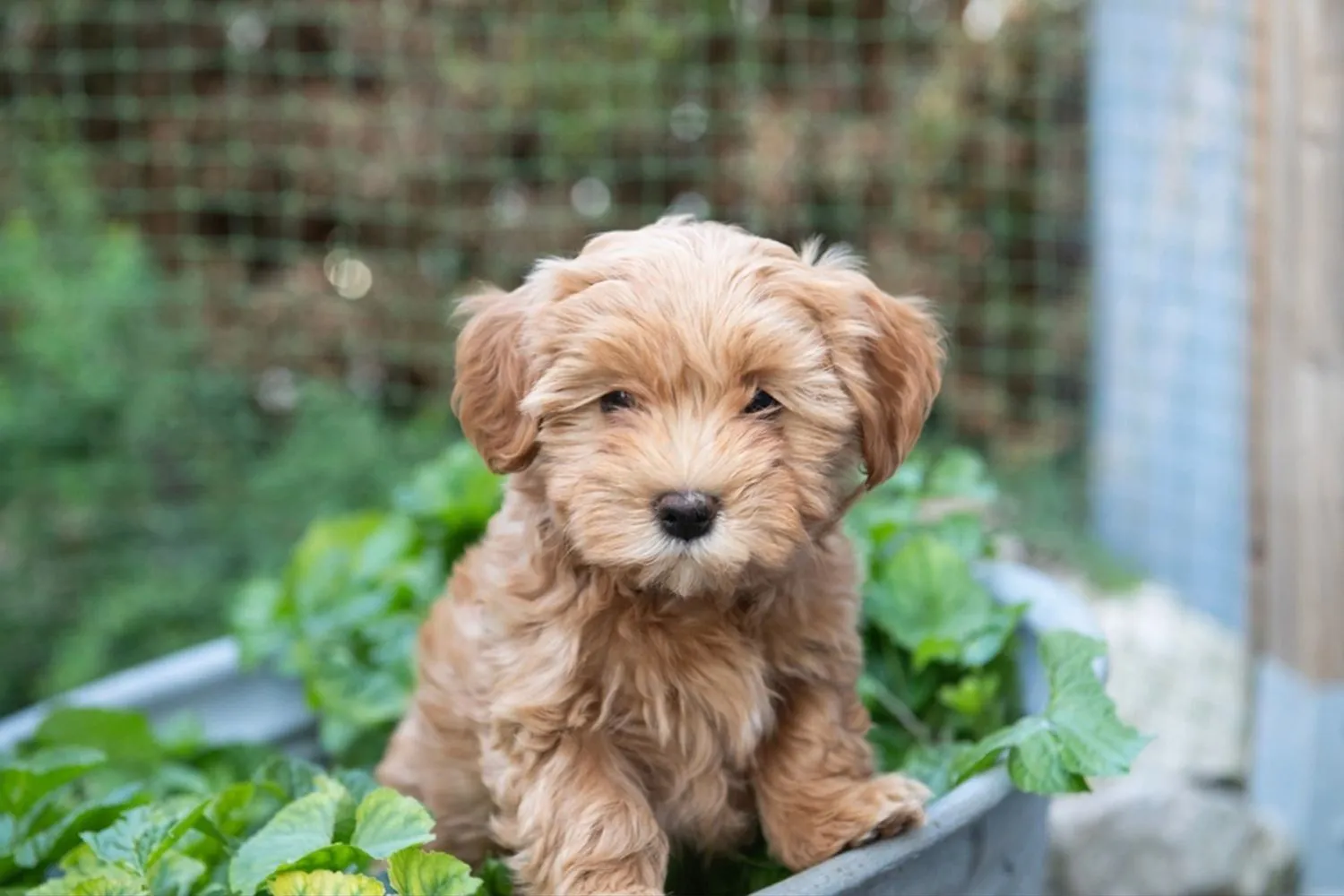
How Long Do Havanese Live?
According to the National Breed Club, Havanese typically live about 13-15 years, and that lines up with what I’ve seen in real life. These little charmers often make it well into their mid teens. My neighbor’s Havanese just had a 15th birthday party there were tiny chicken cupcakes and everything and she’s still trotting around the block like she owns it.
If you want to nudge your pup toward the longer end of that range, focus on the basics: regular vet checkups, a balanced diet, and keeping them at a healthy weight. I swear by daily walks paired with short play sessions and puzzle toys to keep both body and brain busy. Brush those teeth (it really does add up over the years), and keep the coat tidy so you can spot any skin or ear issues early. I also taught mine to use a little ramp to the couch saves those small joints from constant jumping. Good breeding and genetics play a role, of course, but steady care and a happy routine go a long way. With a bit of luck and lots of love, hitting those teen birthdays feels completely within reach.
How Much Should a Havanese Eat?
Feeding a Havanese is all about balance. As a starting point, many Havanese do well on about 1 cup of dry food per day, split into two meals morning and evening. Depending on your dog’s size, weight, height, metabolism, and activity level, the right amount may land anywhere from 1/2 to 1 cup daily. These little fluffballs can burn a lot of energy zooming around the house, but they’re also pros at convincing you they’re starving after a short walk. I keep a measuring cup by the food bin so I’m not eyeballing it and “accidentally” overfeeding.
Dogs are individuals, so there’s no one size fits all formula but a schedule really helps. I avoid free feeding because it makes weight creep up and potty routines harder to predict. Two set meals keep their tummy happy and their day structured. Watch your pup’s body condition: you should be able to feel ribs without pressing hard and see a slight waist from above. If your Havanese seems a bit round, trim portions by about 10% and reassess in a couple of weeks; if they’re looking lean or extra active, bump it up slightly.
Quality matters, too. Choose a high-quality dog food with ingredients you recognize and a kibble size that’s comfortable for small mouths. And don’t forget treats count toward the daily total on heavy training days, I swap some treats for part of the meal or use the kibble itself as rewards. Fresh water should always be available, and if you’re unsure where your dog falls in that 1/2 to 1 cup range, your vet can help you tailor it to your Havanese’s lifestyle.
Havanese FAQs
I get these questions all the time about Havanese, and I’m always happy to gush about these cheerful little fluffballs. Here’s what I’ve learned from living with them, training them, and chatting with other Havanese parents at the park.
Is a Havanese ideal for a first time dog owner?
Absolutely. Havanese are loving little companions who thrive on being part of the family. They’re smart and eager to please, which makes training feel more like a fun conversation than a battle of wills. A neighbor adopted a Havanese as her very first dog, and within a week he had “sit,” “down,” and “touch” mastered mostly because he wanted to earn praise and a tiny piece of cheese. They’re relatively easy to maintain compared to some breeds, and they slide right into family life, from apartment living to busy households with kids. There are plenty of other beginner friendly breeds, of course, but if you’re new to dog parenting and want a devoted shadow by your side, a Havanese is a wonderful pick. Keep short, upbeat training sessions, offer consistent routines, and you’ll be golden.
Can Havanese dogs swim?
Some do, some don’t and that’s perfectly normal. A few seem to take to water like ducks, while others need basic lessons and a little confidence building. Start slow: let them wade in a shallow spot, use a well fitted dog life jacket, and keep the mood happy with treats and praise. Never toss a Havanese in and expect them to figure it out. They’re quite athletic for their size and can enjoy all kinds of exercise walks, fetch, agility games but remember, a Havanese puppy should not be swimming yet. Keep puppies away from pools, lakes, and the ocean, and always supervise any dog near water. I once brought a portable kiddie pool to the backyard and let my Havanese “fish” for floating toys; it was a hit, and it built up her water confidence without any stress.
Do Havanese suffer from separation anxiety?
Yes, this breed bonds deeply and doesn’t love being alone. Separation anxiety is common, and if you’re gone too long they can get vocal or destructive simply because they’re stressed. The best approach is to teach alone time early and gently. Practice tiny departures literally a few minutes then slowly stretch the time. Give them a safe chew or a stuffed puzzle toy to work on while you step out. I used to leave a worn T shirt that smelled like me and a frozen Kong; it made goodbyes much easier. Many Havanese do best when someone is home most of the day, or when they can tag along on errands. If your schedule is busy, line up a dog walker or a trusted friend for midday company. Consistency and calm goodbyes (“no big deal!”) go a long way.
Are Havanese hypoallergenic dogs?
Yes, many allergy sufferers do well with Havanese. They’re low shedders, produce less dander than many breeds, and don’t drool much. That said, people with severe allergies may still react especially if grooming slips. If allergies are a concern, spend time with a Havanese before bringing one home to see how you feel. Regular brushing, frequent baths, washing bedding, and using a HEPA air purifier can make a noticeable difference. I once fostered a Havanese for a friend with mild allergies, and as long as we kept up with weekly baths and daily brushing, she was perfectly comfortable.
Will a Havanese need professional grooming?
They do need routine, proper grooming. You can absolutely handle it yourself with a good slicker brush, a metal comb, and a detangling spray but if you’d rather not spend that much time on coat care, a professional groomer can be a lifesaver. Havanese coats can mat quickly, especially behind the ears, in the armpits, and around the collar area. Plan on brushing several times a week (daily if you keep the coat long), a bath every few weeks, and regular nail trims. A professional trim every 4-8 weeks keeps them tidy and comfortable; I like a neat “puppy cut” that’s easy to maintain and still ridiculously cute. Don’t forget ear care and wiping the face to prevent tear stains five minutes a day saves you hours of detangling later.
If you’re considering a Havanese, you’re in for a delightful, people focused companion who loves to learn, play, and cuddle. With a bit of training, some thoughtful grooming, and plenty of together time, they’re the kind of dog who turns everyday routines into little moments of joy.
Disclaimer:
This article is for informational purposes only and doesn’t replace professional veterinary or training advice. Always consult a certified vet or dog trainer for guidance specific to your pup.
